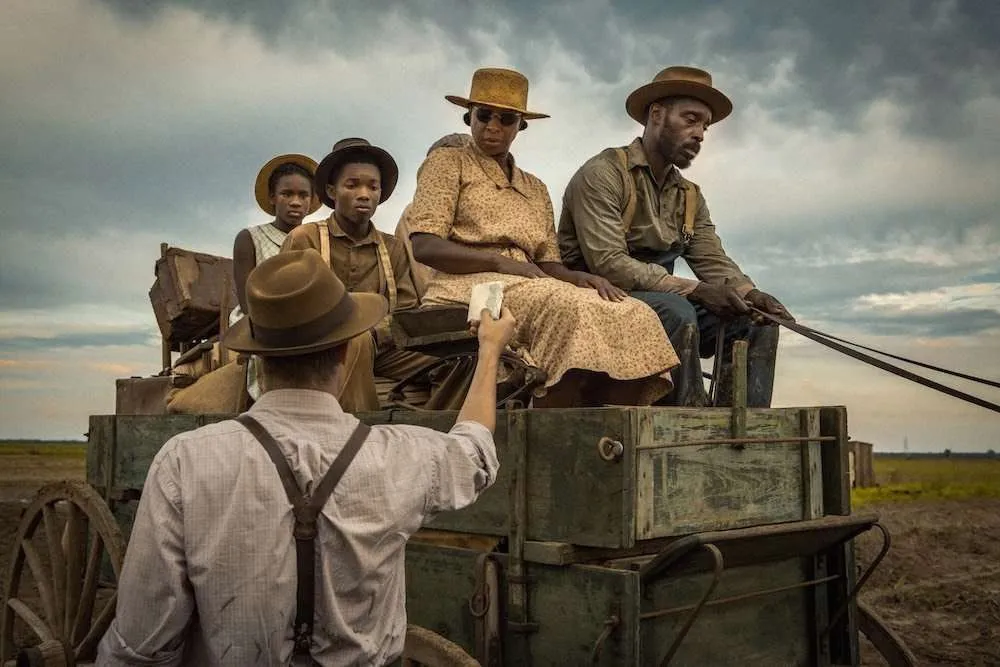Featured
Signs Africans were in America Before Columbus
By now, we should all know Columbus did not discover America, right? The Americas were already discovered and populated for thousands of years before Columbus sailed there and landed in the Caribbean by mistake.
But did you know there is some evidence showing that Africans came to the Americas before Columbus did?
Columbus landed in the Americas on October 12th 1492. He landed at a small island in the Bahamas. He had 3 separate trips after that, repeatedly returning to the Bahamas as well as an island later called Hispaniola, modern day Haiti and Dominican Republic. But the people that really discovered America are believed to have come from Asia some 15,000 years ago.
But there is evidence suggesting that Africans made it to the Americas after the first Americans arrived here and way before Columbus ever did.
Here are just some evidence to show that Black history in the Americas did not start with slavery.
Columbus Said So Himself?
Renowned historian Leo Weiner explains in his book “Africa and the Discovery of America” that Columbus himself wrote in his journal that Native Americans confirmed to him that “black skinned people had come from the south-east in boats, trading in gold-tipped spears.”
The inhabitants of Hispaniola were the ones to confirm this to Columbus as he wrote in his journal of the second voyage. Other explorers like Vasco Nunez de Balboa also reported sighting Black people off Panama. There were dark-skinned people in the Caribbean long before the Atlantic Slave trade and long before the arrival of Columbus.
But there are some historians that say Columbus was misinterpreted. He simply said there were people that painted their skins black, which might suggest that Native Americans were the ones with painted faces he was referencing.
Gigantic Stone Heads in Central Mexico
The Olmec civilization was the first significant civilization in Mesoamerica and considered the “Mother Culture of Mexico” by many historians. This civilization existed between 2,500 to 400 BCE in the areas that are known today as the states of Veracruz and Tobasco.
One of the main things this civilization is known for is the gigantic stone head carving of their leaders. The carvings clearly depict African faces. This civilization was also responsible for introducing written language, arts, and mathematics to Mesoamerica civilization.
The first of these gigantic stone heads were discovered by explorer Jose Melgar in Veracruz in 1862. He wrote, “What astonished me was the Ethiopic type which it represents. I reflected that there had undoubtedly been blacks in this country.”
Another theory suggests that the gigantic stones were actually depicting Asians.
RELATED: 5 African Tribes Affected the Most by the Trans-Atlantic Slave Trade
The Pyramids
Egypt is famous for ancient pyramids, but the Americas actually have more pyramids than any other place in the world. But the Egyptian pyramids are much older and show signs of progress from the earliest pyramids built to the more sophisticated and enormous pyramids that are now famous.
However, the pyramids found in central America don’t show the same level of progress. That suggests whoever built the American pyramids had already mastered pyramid building by the time those pyramids were built, which points the finger to Africans who likely sailed over to the Americas with that knowledge and constructed them in America.
The earliest known pyramid in the Americas is found in Tabasco, Mexico and was built by the Olmecs, the same civilization known for the gigantic stone heads.
Ancient African Skeletons Discovered in the Americas
During various times, archaeologists have discovered ancient skulls and skeletons that they believe belong to people of African descent. In a 1975 publication by the New York Times, it is stated that a Smithsonian institution team reported finding two “Negro male skeletons” in the US Virgin Islands. The soil from the earth layers in which the skeletons were found was dated around 1250 AD.
Polish professor Andrzej Wiercinski has also testified to the discovery of African skulls at Olmec sites. More ancient skeletons that archaeologists believe are African have also been discovered in other locations in central and South America.
Africans were Masters of Shipbuilding
When you consider all the above evidence with the fact that ancient Africans were masters at shipbuilding, it is no brainer that they more than likely made it to the Americas from West and North Africa long before Columbus did. Shipbuilding and sailing have a history of over 20,000 years in the Sahara. There are cave wall paintings of ancient ships documenting this tradition.
Ancient Egyptians were pioneers in ship-building. One example of this is King Khufu’s ship, which is a vessel that’s 44 meters long and was buried at the foot of the Khufu’s Great Pyramid in Giza around 2500 BC. Ti was discovered with its structure still intact in 1954.








